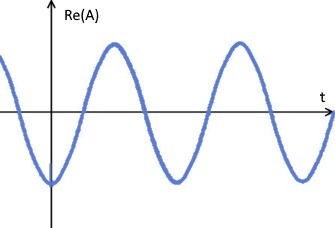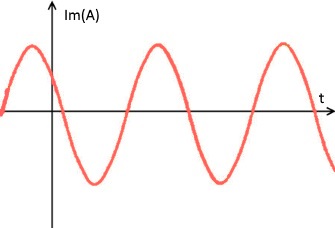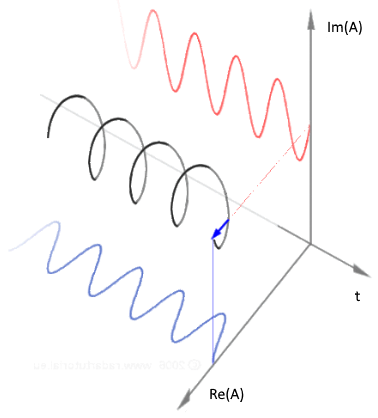Positive and Negative Frequency Ranges
The real and imaginary parts of a frequency composing an FFT input can be considered as either positive or negative frequencies, based on their relative phase.
The real and imaginary parts each describe a sinusoidal curve of amplitude vs. time.


Combined, the two parts describe a helix of amplitude in the complex plane vs time. The original sinusoids are now projections along the real or imaginary axis of the helix.

The helix can be either clockwise or counter-clockwise. Projections of clockwise helices are considered positive frequencies. Projections of counter-clockwise helices are considered negative frequencies.
In a full spectrum, the combined negative frequencies always compose an exact mirror image of the combined positive frequencies, so the negative half of a spectrum adds no information. Therefore, amplitude functions use only the positive frequencies as input.
Negative frequencies contain half the energy in the spectrum, so for energy calculations, both sets of frequencies are considered.
Reports of FFT spectra use only one side, but then apply a factor of two to spectrum values to account for the energy in the negative modes. The factor of two is not applied in the case of FFT coefficients since they are not physical quantities. Simcenter STAR-CCM+ reports FFT coefficients, both real and imaginary, hence the factor of two is not applied.